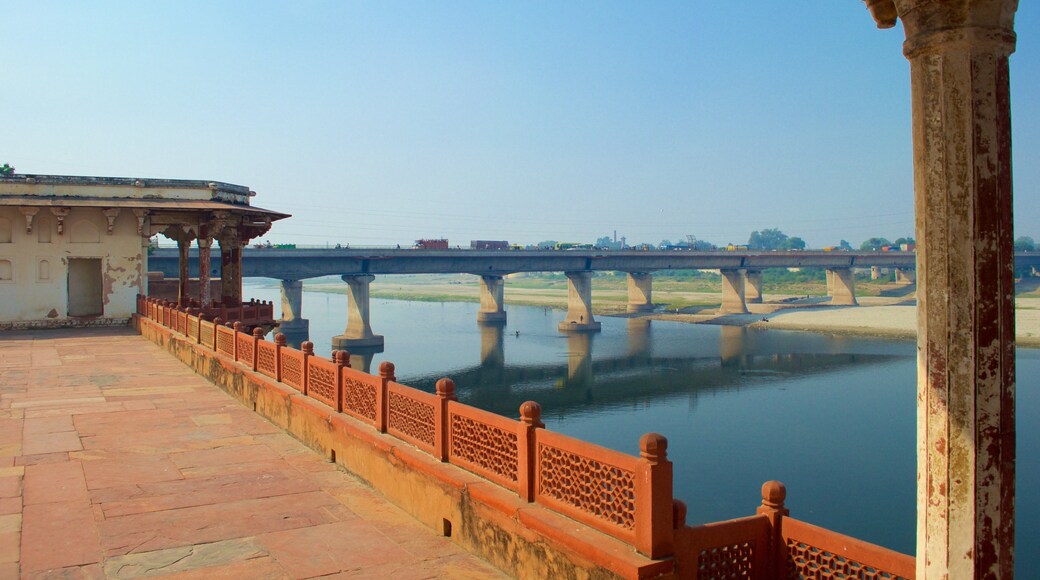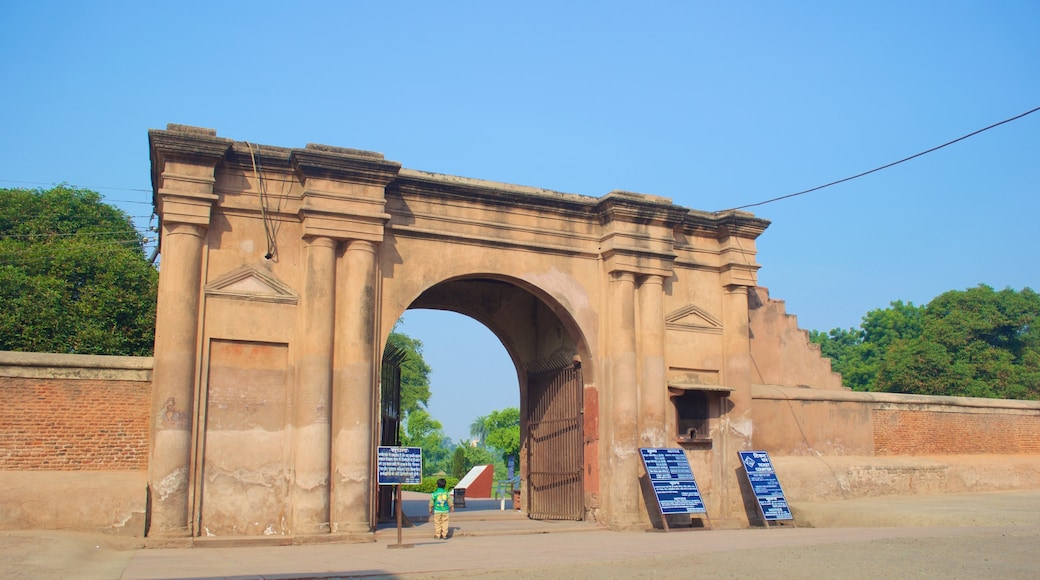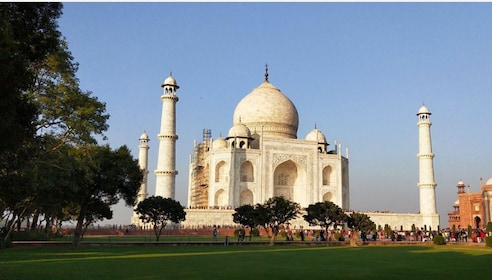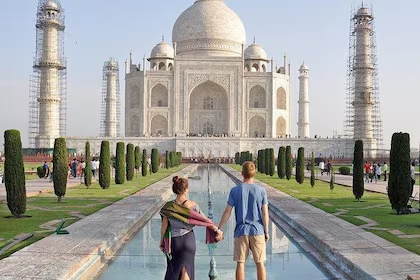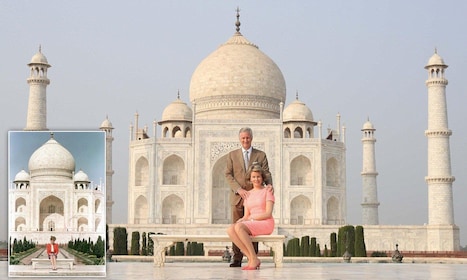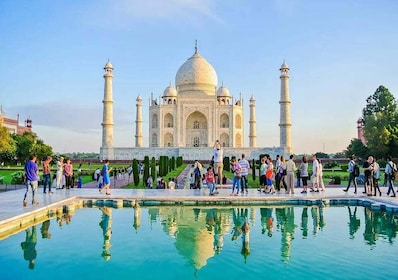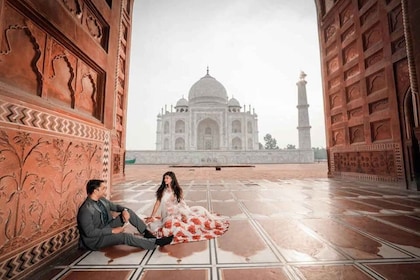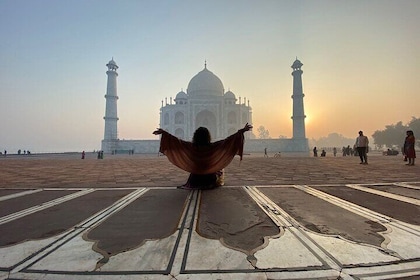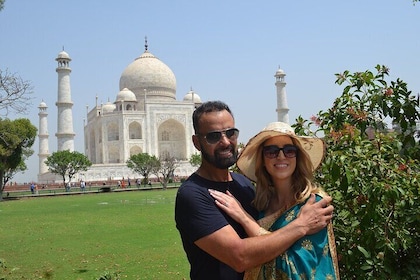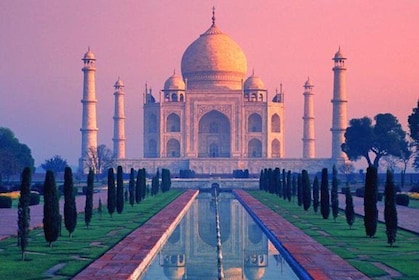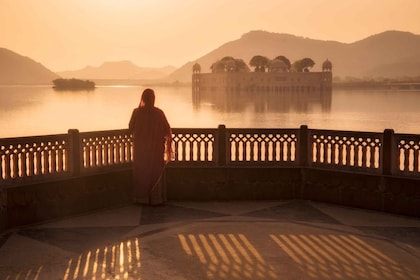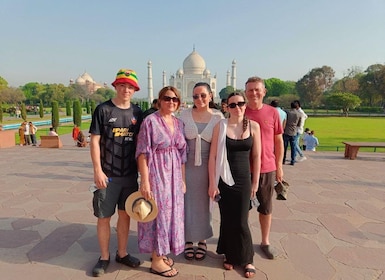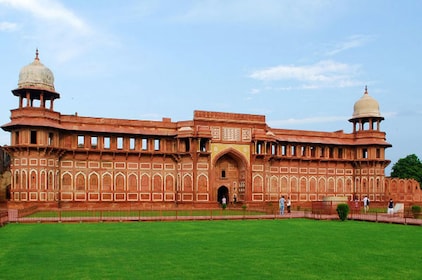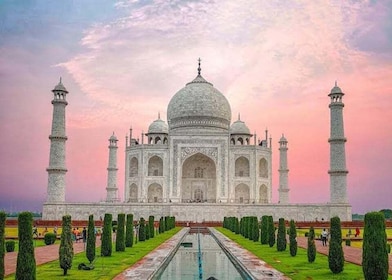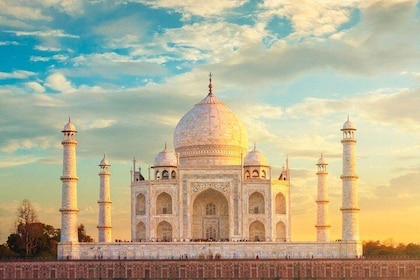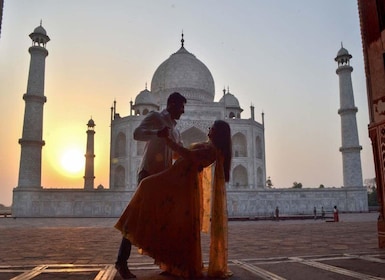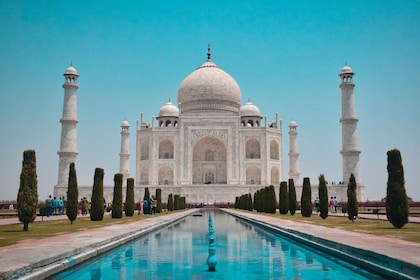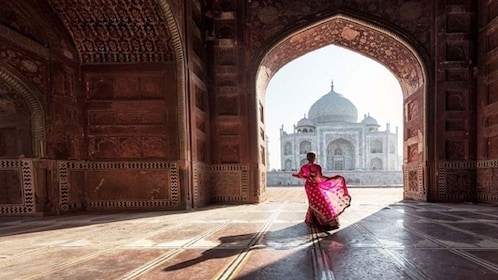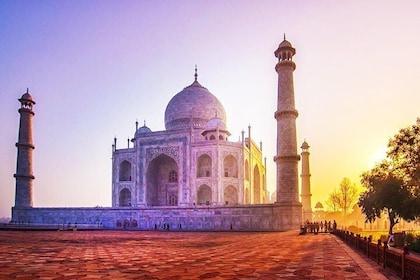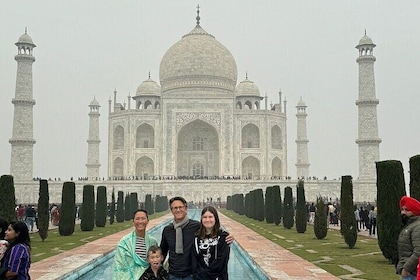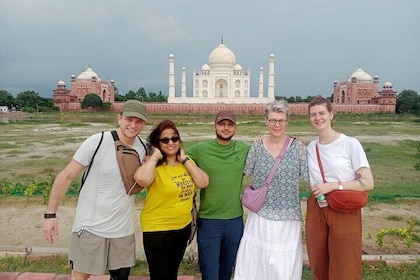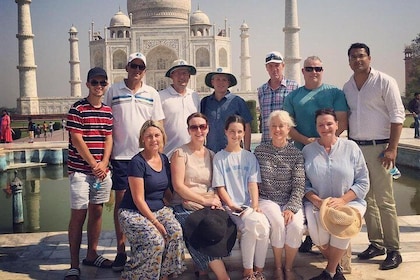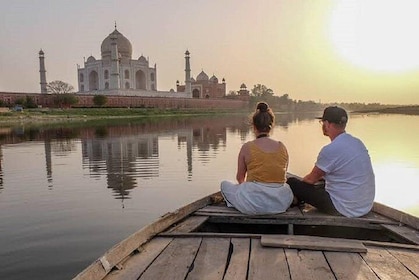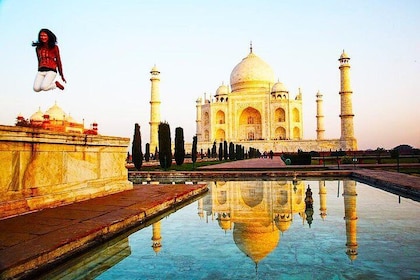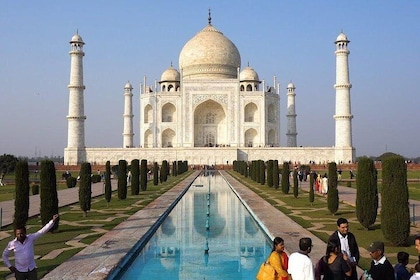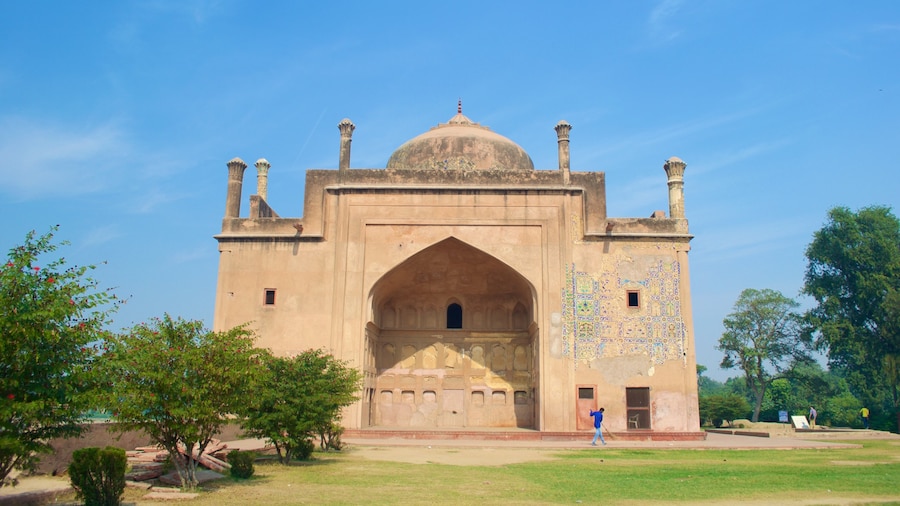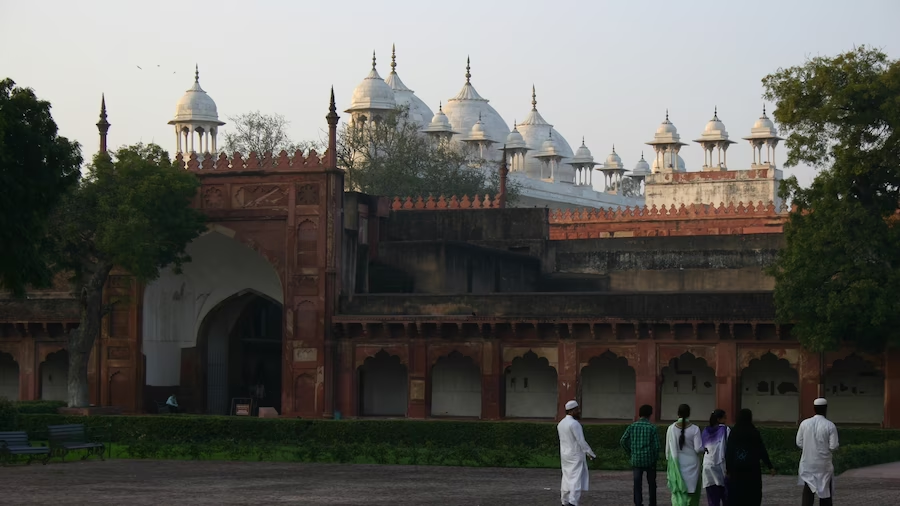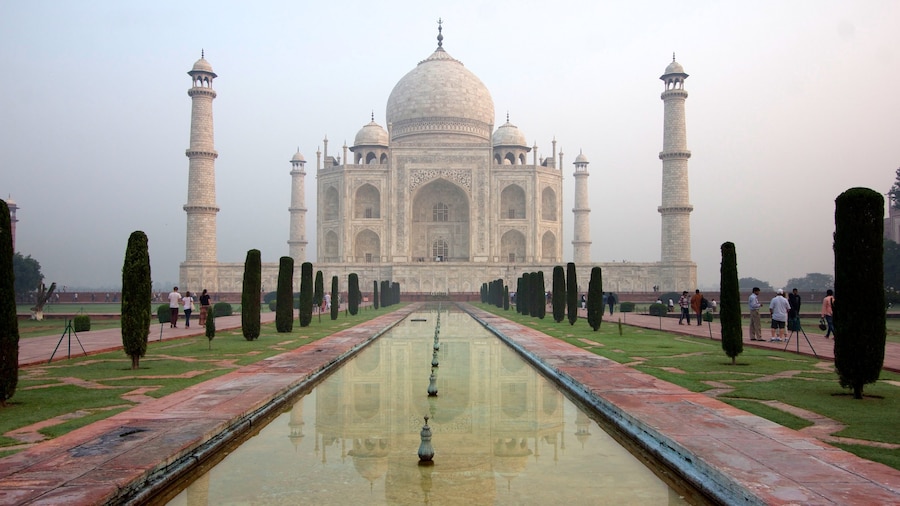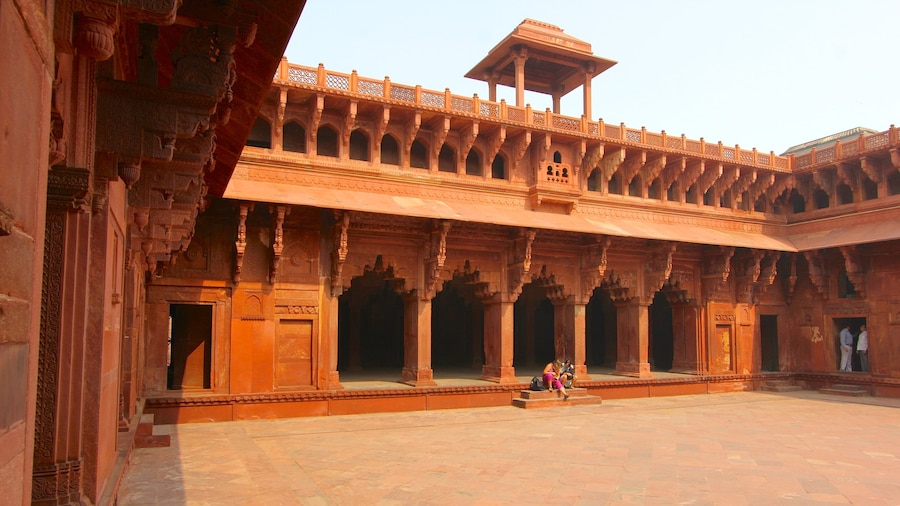Stroll through this haven from the heat with manicured lawns, raised sandstone platforms and tree-lined avenues.
Situated on the banks of the Yamuna River, this once grand royal park still retains some elegant features as well as pretty plants and flowers. It provides leafy respite from the city. Join the locals in strolling leisurely along the walkways and lounging under the shade of its pavilions.
The gardens were founded in the 16th century by Emperor Babur, the founder of the Mughal dynasty in India. The park was built to entertain the emperor’s guests and to provide respite from the heat, dust and hot winds of Agra, which the emperor found difficult to withstand. It’s still a common place for locals to escape to during a sultry afternoon look for them lounging in the pavilions, which provide shade from the summer heat.
Stroll along the raised red sandstone pathway that cuts through the garden’s center and note the use of water in the garden’s design. Each section of the garden is crisscrossed by canal-like waterways, which draw water in from the nearby Yamuna River. Look for additional water features throughout the grounds, including a series of fountains.
Take note of the garden’s quadrilateral layout, which is based on the charbagh landscaping style, a typical Persian garden design. This type of garden layout was popular in India at the time and can also be seen in the gardens of the Taj Mahal.
Make your way to the northeast corner and you’ll see the ruins of an old subterranean hammam or bath place. Once a go-to spot for heat relief, the baths are now closed and cannot be accessed by the public.
The garden is best visited in winter, when temperatures are mild and pleasant. It is open from sunrise to sunset and there is an entrance fee for foreign visitors. Children under 15 enter for free. Combine a visit here with a trip to Chini ka Rauza tomb, which is located just a 10-minute walk away.

